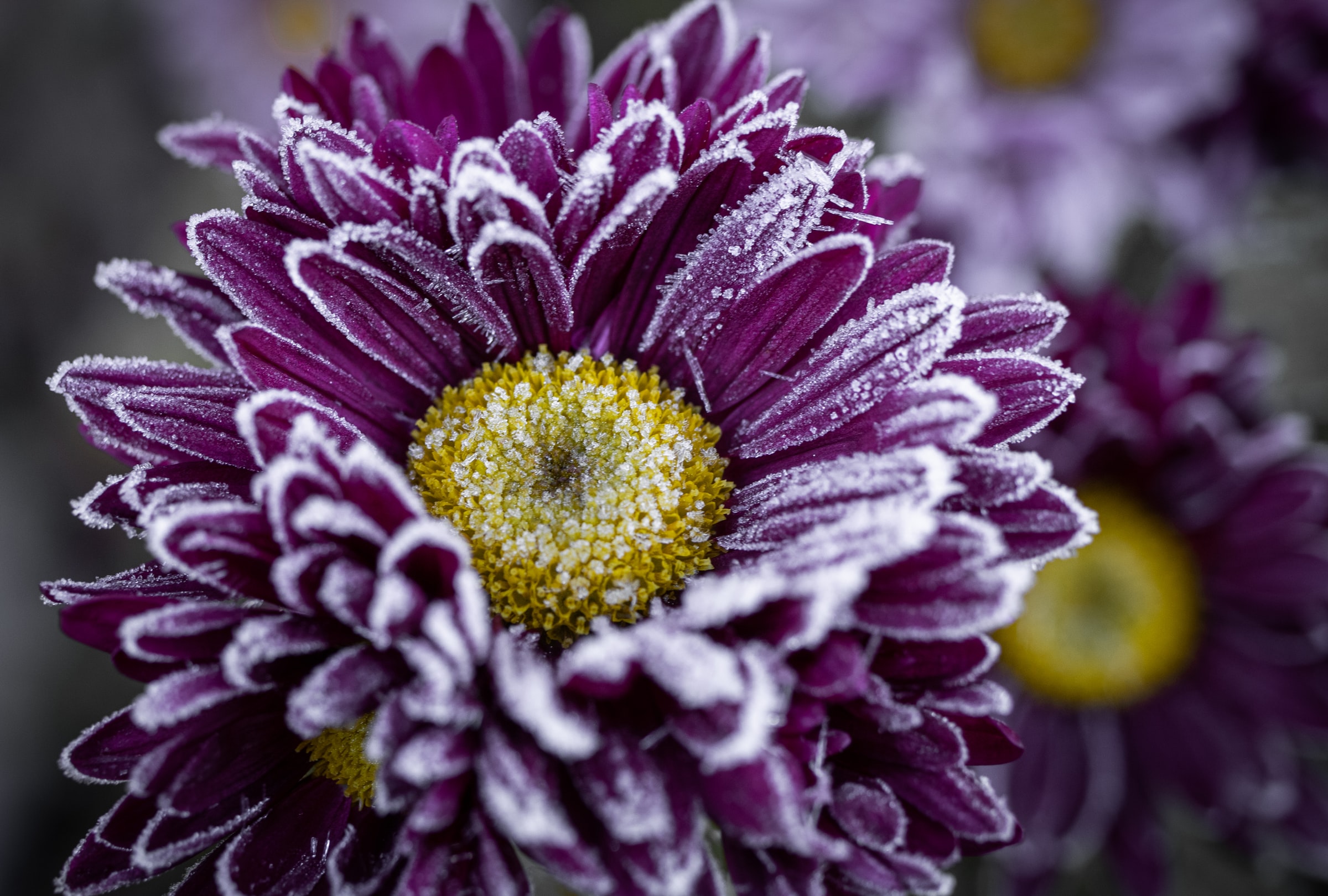Just like getting out the jackets, hats, and mittens, it’s time to start prepping for the winter season. Get your garden ready for a smooth transition to the colder months with these helpful tips. Start now and spread them out over the coming weeks so you don’t have to do them all at once.
Clean up and fill up bird feeders
Scrub your feeder, clean up the ground underneath it, and fill it with suet which helps birds produce heat to keep warm during the long winter.
Remove old or dead plants
This makes your garden not only look tidier but also keeps the unwanted plants from attracting pesky pests or insects.
Till the soil with nutrients
Add manure, compost, or bone meal to your soil now so it has time to start breaking down and enriching the dirt in time for spring.
Empty outdoor containers
Prevent containers from cracking during the winter by scrubbing them and then storing upside down in a shed or garage.
Replenish your mulch layer
Ease the transition into winter by adding a thick layer of mulch to your soil and around root vegetables to regulate temperatures and moisture.
Review your garden tools
Wash tools to remove dirt and debris, remove rust with sandpaper, sharpen blades with a mill file, and rub the surfaces with an oil rag coated in light machine oil.
Plant a few evergreens
Fill in the gaps in your borders with evergreens such as sarcococca or daphne or try larger shrubs such as spring flowering camellias or fatsia.
Divide up your perennials
Prevent perennials from bunching by dividing each plant bulb by teasing the roots apart by hand and then cutting the roots with a sharp knife.
Turn off the water
Do a final watering about a week or two before the ground freezes in your area and then turn off the outdoor water and make sure all hoses are empty.
Work on your compost pile
Fill your compost pile with old plant parts, grass trimmings, and leaves and let them sit for at least five months and turn it regularly.
Rake up all your leaves
Dead leaves can cause your lawn to look patchy next spring because they block out the sunlight and the moisture can cause mildew or fungus to develop.
Bring tender plants indoors
Geraniums, fuchsia, begonias, and many other non-hardy plants should be moved indoors during winter to shelter them from the cold.
Cut back perennials
Trim back bee balm, phlox, hosta, and other perennials but know that the roots or bulbs in the ground will survive and grow fresh shoots in spring.
Take care of perennial herbs
Rosemary, bay laurel, and lemon verbena should be cut nearly to the ground after the first hard frost and then covered with soil, mulch, or evergreen boughs.
Plant your spring-flowering bulbs
Daffodils, tulips, crocuses, and hyacinths should be planted in the fall at a depth that is three times the height of the bulb.
Pull out all weeds
Weeds in winter can harbor pest eggs and pathogens so get rid of them now in order to protect next year’s plantings.
Attend to your roses
Give roses plenty of water before the ground freezes, don’t fertilize or cut them back, and protect the root balls from frost heaving by piling extra soil around their base.
Make notes in your garden journal
Write down detailed notes on what worked and did not work during the fall season and also all the great efforts you put into winterizing your garden.
Free Gardening Resource
THE ULTIMATE GUIDE TO CLEMATIS!
Sign up for our newsletter and get your copy!

